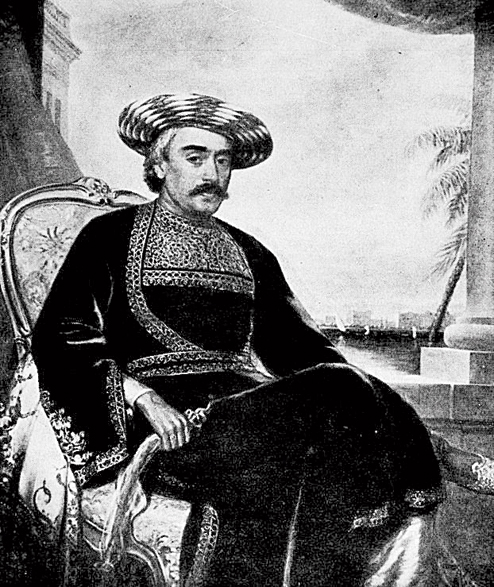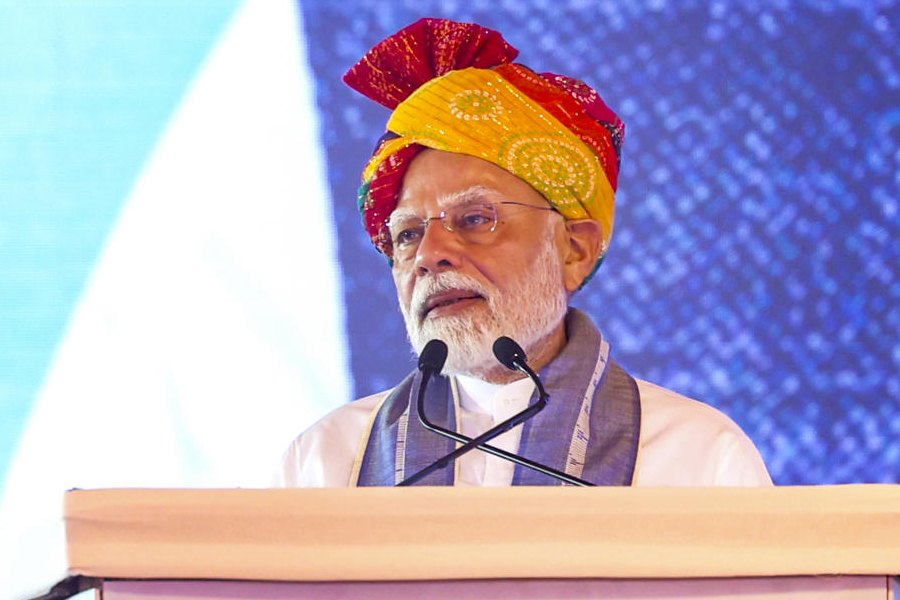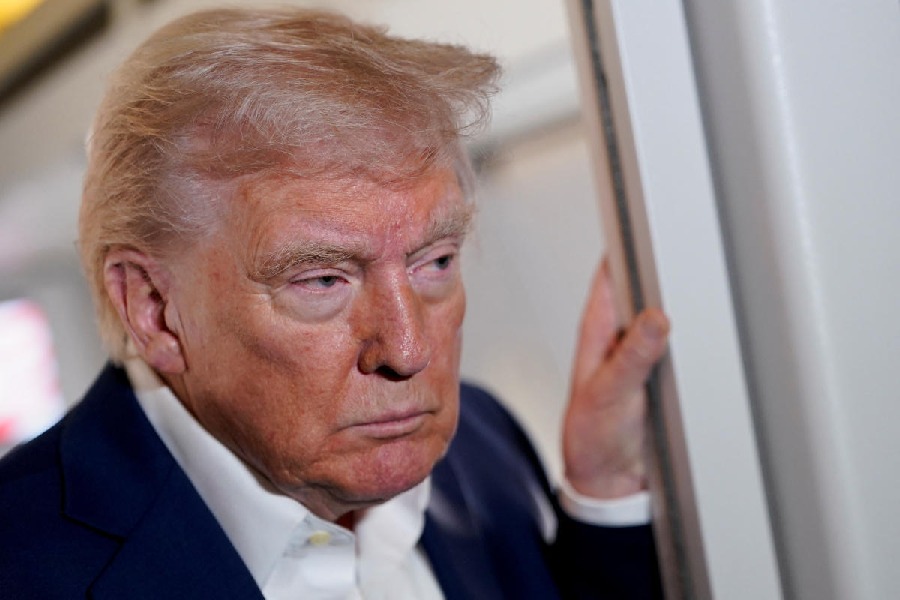 |
| Dwarkanath Tagore His interest spanned coal and tea and jute, sugar refining, newspapers and shipping. In 1828, he was the first Indian to become the director of a bank. In 1834, he and his partners started the first Anglo-Indian (Indian and British) trading agency Carr, Tagore and Company. He was a man who dreamt of bringing England’s industrial revolution to Hoogly shoreline. |
When the name Tagore is mentioned does anyone ever think entrepreneur? Not many do. The easiest association of that name is with Rabindranath Tagore, the first Indian Nobel laureate, and the first non-European to win the Nobel for literature, in 1913.
Tagore was, like me, a Bengali. Bengalis are known as intellectuals, and the effete, of India. Both allegations are partially true. The Renaissance came first to Bengal, whose capital Calcutta was between 1772 and 1911 the second most important city of the Raj. Even 30 years ago Bengal was the cultural capital of India producing, among others, the first Indian director to win an Oscar in 1992. The only organised army against the British Raj was raised by a Bengali intellectual, Subhash Chandra Bose. The teenager Khudiram Bose was hanged for bombing the colonial masters. Today Bengal is known for its violent politics and jihadist bomb factories; so much for being effete.
The Bengali is also said to be best fit for pontificating clerk-dom, having little or no enterprise.
But long before Rabindranath earned the epithet Gurudev or the Great Master for his innumerable works of poetry, prose and drama of rare elegance, around three decades before his birth, another Tagore was already creating history.
Dwarkanath Tagore was the grandfather of Rabindranath, a man so wealthy that he earned the epithet Prince, though strictly speaking in an India full of kingdoms and pedigreed loyalty, he was merely a rich land owner. But unlike so many other landlords, Tagore went into business.
His interest spanned coal and tea and jute, sugar refining, newspapers and shipping. In 1828, he was the first Indian to become the director of a bank. In 1834, he and his partners started the first Anglo-Indian (Indian and British) trading agency Carr, Tagore and Company. He was a man who dreamt of bringing England’s industrial revolution to the Hoogly shoreline.
In his 1976 book Partner in Empire: Dwarkanath Tagore and the Age of Enterprise in Eastern India, historian Bliar Bernard Kling writes, “One of Tagore’s goals were to carry over the commercial partnerships… of the mercantile age into the industrial age. A second goal was to import the industrial revolution into India and adapt the steam engine to commercial use. Tagore organised the first coal mining company and the first steam-tug and river steamboat companies, and among his countries pioneer railway promoters.”
As a child, I heard stories of the great wealth of Prince Dwarkanath Tagore. These seemed incredible because I am a child of Communist Bengal, accustomed to a world loadsheddings. Invited to a musical soiree, a jalsa full of princes in their jewels in the honour of the Queen of England herself, the legend goes Dwarkanath chose to wear merely the finest white cotton with not an ornament in sight. But on his feet, the curling nagra shoes had a solitary diamond, as large as a marble, flopped on top and attached to the front lobes of the shoes. He knew that he would have to leave his shoes outside the hall as was custom, and did, leaving the diamonds with them too with utter nonchalance when he entered.
But Dwarkanath was far from the soul-less capitalist. With Raja Rammohun Roy, he was the founder of the Brahmo Samaj, the new community of breakaway Hindus fighting against the worst Hindu superstitions and rituals and turning the faith towards its core Vedantic monotheistic roots.
One of the biggest battles Rammohun fought, with the vociferous support of Dwarkanath, was against sati, the horrifying ritual of women committing suicide by burning themselves on the pyre of their dead husbands.
 |
Both Rammohun and Dwarkanath were anglophiles. At a time when the renaissance was sweeping into Bengal who can blame them for looking to the West for modern ideas far from the caste and superstition-ridden, and often illiterate, environment at home?
As a result of their persistent and vocal campaigning and in the face of virulent resistance from Hindu orthodoxy, the duo got Lord William Bentinck to abolish sati in 1829 and make it a criminal offence.
It is almost impossible to conjure up today how big a victory this was in 19th century Bengal. Suffice to say that it has been consistently mentioned by historians as one of the triggers of the First War of Indian Independence in 1857 or the first mutiny as the British describe it less than four decades later.
“The abolition of sati, the abolition of infanticide, the introduction of vaccination, the law to legalise the remarriage of Hindu widows… were pressed upon the attention of the army and the masses as so many deliberate attacks on the outworks of the Mahommedanism and Hinduism,” writes Sir William Lee-Warner in the Life of the Marquis of Dalhousie (1904).
Today as Bengal faces political ruin and economic destitution, when most of the outside world sees it a bit like Pakistan, an almost failed state, imagine what a glorious state we would have had if we had embraced and applied the legacy of enterprise of Dwarkanath Tagore.
The author is editor-at-large, Fortune India. His new book Recasting India: How Entrepreneurship is Revolutionising the World's Largest Democracy is out by Palgrave Macmillan and also tells the story of Dwarkanath Tagore.











